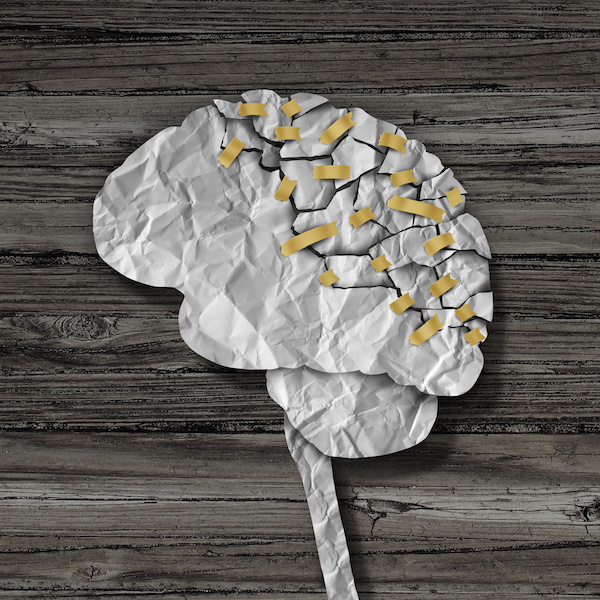
MONDAY, Oct. 17 (HealthDay News) — Social phobia is not simply shyness that has been exaggerated by psychiatrists and drug makers, according to a new study that compared rates of shyness and social phobia among American teens.
Social phobia, also called social anxiety, is a disabling condition characterized by extremely high levels of self-consciousness and anxiety. Some experts have suggested that the condition is a “medicalization” of a normal variation in shyness levels or that it has been publicized by psychiatrists and drug makers in order to increase sales of psychiatric drugs, especially among youth.
In the new study, researchers from the U.S. National Institute of Mental Health examined shyness and social phobia rates among more than 10,000 teens aged 13 to 18 who took part in a national survey.
About half of the teens said they were shy, but only 12 percent of the shy teens met the criteria for social phobia in their lifetime. The study also found that about 5 percent of teens who said they weren’t shy met criteria for social phobia.
The findings indicate that the presence of social phobia may be independent of shyness in some cases, the researchers said. The two are not necessarily directly related.
They also found that teens with social phobia were consistently more likely than other teens to also have another psychiatric disorder in their lifetime, such as depression or drug use disorder.
Teens with social phobia also had higher levels of impairment at school or work and among family and peers, but were no more likely than shy teens to be receiving professional treatment.
Rates of prescribed drugs were low for both shy teens and those with social phobia. The antidepressant Paxil (paroxetine), which is commonly used to treat anxiety disorders, was being taken by 2.3 percent of teens with social phobia and 0.9 percent of shy teens.
Teens with social phobia were no more likely than shy teens to take any prescription psychiatric medication.
“The results suggest that social phobia is not simply shyness that has been inappropriately medicalized,” according to a NIMH news release. “Rather, social phobia affects a minority of youth and only a fraction of those who consider themselves to be shy. In addition, despite the greater disability that youth with social phobia experience and the greater likelihood that they will have another disorder, they are not more likely to be getting treatment compared to their peers, questioning the notion that these youth are being unnecessarily medicated.”
One expert agreed the condition needs to be taken seriously.
“Social phobia, or social anxiety disorder, is a serious disorder that is very different than normal human shyness,” said Dr. Alan Manevitz, a clinical psychiatrist at Lenox Hill Hospital in New York City.
He noted that the condition can take different forms. “Social phobia can be limited to only one type of situation — such as a fear of speaking in formal or informal situations, or eating or drinking in front of others — or, in its most severe form, may be so broad that a person experiences symptoms almost anytime they are around other people,” Menevitz explained. “People with social phobia have a persistent, intense and chronic fear of being watched and judged by others and being embarrassed or humiliated by their own actions.”
This often manifests in physical symptoms such as blushing, sweating and nausea, he added.
“The importance of identifying and treating those adolescents with social anxiety disorder is important as they have higher levels of impairment in multiple domains, including school/work ability, social life and family relationships,” Manevitz said.
The study was published online Oct. 17 ahead of print in the journal Pediatrics.
More information
The American Psychiatric Association has more about anxiety disorders.

